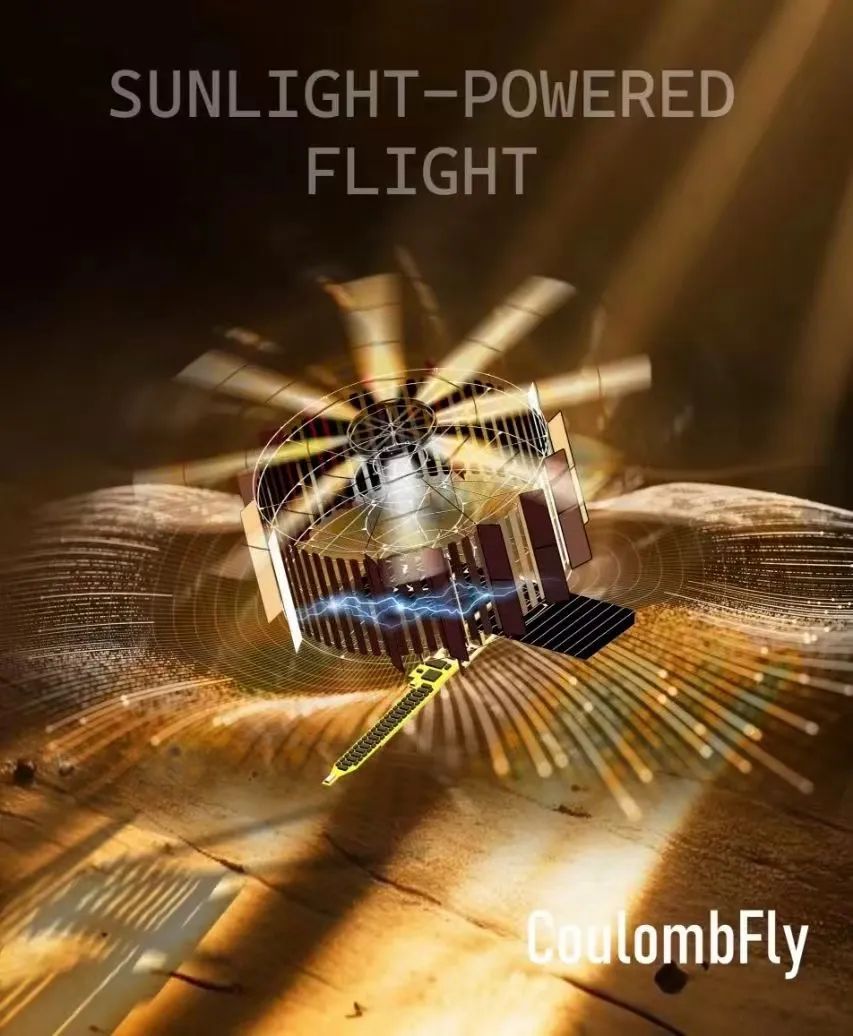Chinese researchers develop micro drone lighter than paper
A team of researchers from Beihang University in Beijing have developed a micro drone that weighs only 4.21 grams, lighter than an A4 sheet of paper.
The team's research on the world's lightest and smallest solar-powered micro drone, called "CoulombFly," has been published in prestigious journal Nature. This milestone achievement expands the possibilities for micro air vehicles.

The research carried out by researchers from Beihang University in Beijing on the world's lightest and smallest solar-powered micro air vehicle, called "CoulombFly," is published in Nature. (yangtse.com/courtesy of the interviewee)
Shen Wei, a PhD student at Beihang University who is the lead author of the paper, has been researching this topic since his undergraduate years.
"Solar-powered drones were developed decades ago, but they were mostly large in size. In 2019, the National University of Singapore created a rotorcraft that was considered the smallest at the time. However, further downsizing proved to be a challenging task. Therefore, our research takes a different technological approach to tackle this problem," said Shen.

Photo shows "CoulombFly," the world's lightest and smallest solar-powered micro drone, developed by researchers at Beihang University in Beijing. (yangtse.com/courtesy of the interviewee)
Shen said his first encounter with electrostatic motors was during his junior year, as part of a summer research project. During his graduate studies, he faced significant challenges and even thought about abandoning the topic due to the prevailing belief that electrostatic motors were not particularly useful.
During his second year of graduate school, Shen would dedicate almost his entire day to the lab. He would arrive at the lab early in the morning and return to his dormitory around 10 or 11 p.m.
"The concept of using an electrostatic motor to develop a micro drone struck me during a restless night. I contemplated the potential of coupling a propeller with an electrostatic motor to achieve flight. Drawing upon my knowledge of electrostatic motors, I was convinced that they could spin at remarkable speeds and generate ample lift, as long as I discovered an appropriate framework," Shen recalled.
When asked why he chose to invest so much time in developing something that could fly, Shen explained that creating a flying vehicle is undeniably impressive for students at his university, as it is a school of aeronautics. Furthermore, developing a unique micro drone is a challenging endeavor, and if successful, it would be a groundbreaking innovation on a global scale.
"I didn't hesitate to focus on utilizing an electrostatic motor for our flying vehicle. To my surprise, the experiments progressed remarkably smoothly. Within just three weeks of testing, we confirmed its ability to fly," Shen expressed.
As a PhD student, Shen focused on researching this area and overcame many challenges.
"However, boosting the voltage to 8 to 9 kilovolts using a booster weighing around 1 gram proved difficult. My junior colleague, Peng Jinzhe, developed the voltage boosting circuit, greatly improving our research," said Shen.
The research team submitted the paper to Nature on Jan. 29, 2024. According to Shen, they received provisional acceptance on March 26.

Photo shows Shen Wei. (yangtse.com/courtesy of the interviewee)
"It was a swift process. The paper was officially accepted in around May and published in July. I was responsible for designing the electrostatic motor and overall structure, while Peng tackled the voltage boosting aspect. Both of us faced significant challenges during this project. We hope that this research will inspire further studies in the field," said Shen.
For Shen, this paper holds great significance as it is the first publication of his academic career.
After the paper was published in Nature, Shen shared a video on video-sharing platform Bilibili. The video was specially created by the editors of Nature for this drone, and Shen added translated subtitles himself. The video quickly gained attention from viewers, with nearly 700,000 views.
Photos
Copyright © 2024 People's Daily Online. All Rights Reserved.









